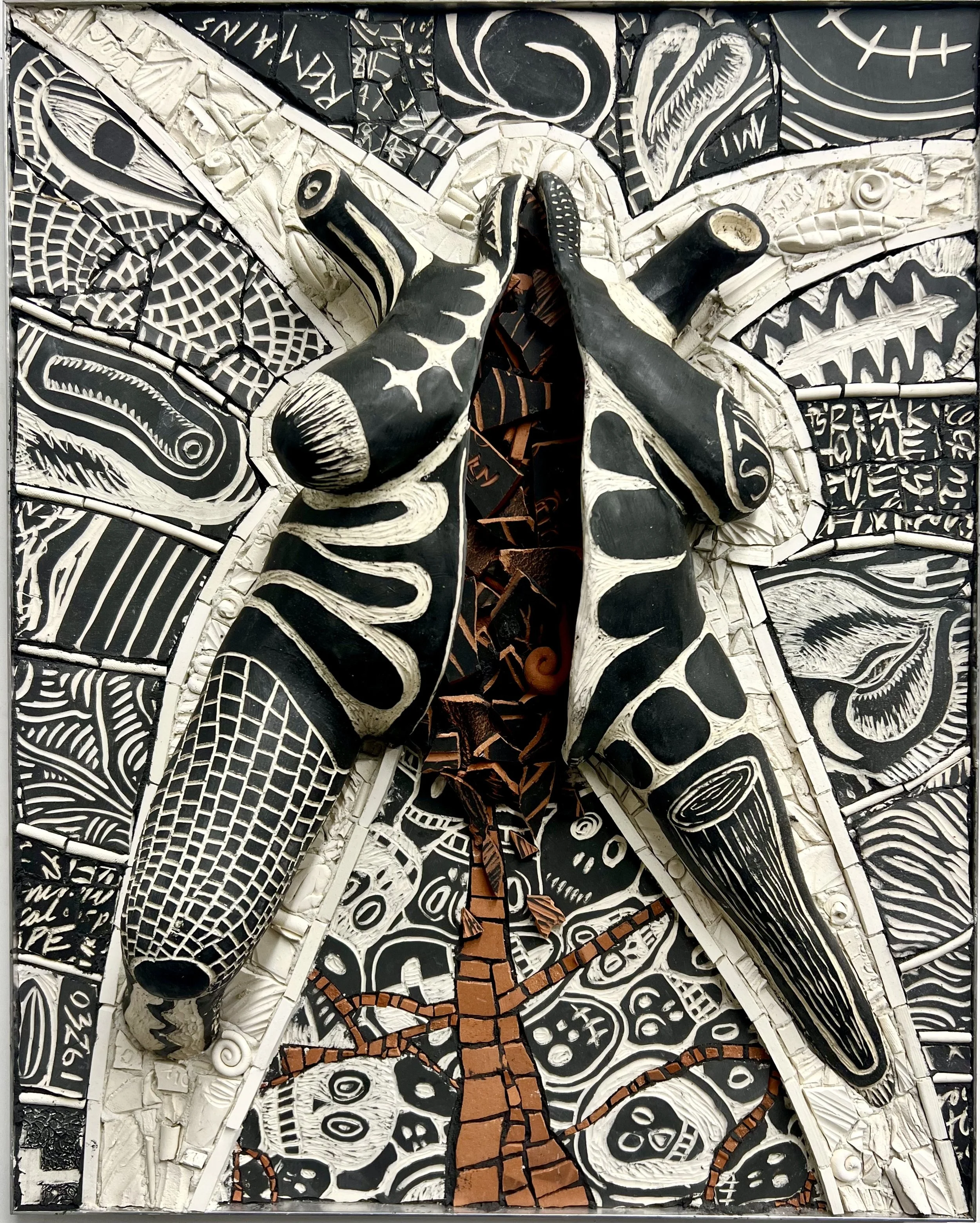critical thinking
You Can’t Break What is Already Broken
1. AltınayA.G. (2019). Women mobilizing memory. New York: Columbia University Press.
Combining memory studies and feminism and shared histories of genocide, etc. Art as political action. This book of essays on art, memory and placement of histories of violence and resistance juxtaposed, to inspire new works by women as co-resistors.
P.15 “Art in its production and reception enables the practice of receptivity by means of an acknowledgment of vulnerability both shared and produced. art can be a gesture of resistance and interference as Laura Wexler shows in her analysis of Lori Novak's images and installations in this volume. it can open a space of interconnection as well as a platform for responsiveness and for little resistances as we see in silvina Dara magurton's Treasures remade by the artist for this volume art practices and aesthetic encounters enable us to see a vulnerability and openness towards surprising possibilities, enabling us to engage it more creatively as a position to work from and not only is something to be overcome. The memory practices this book highlights engage in Acts of repair that demand justice but do not aim at restitution. if they rebuild, they take up temporary often virtual spaces. they acknowledge the haunting impressions in precisions of memory, they perform its wounds but at the same time they enable us to imagine alternative histories and queer potentials that can reconfigure painful pasts.”
“Acts of Repair and resistance can open spaces of interconnection and possibility, as well as a platform for responsiveness and for little resistances, a demand for justice not restitution” ….
because rebuilding they take temporary spaces, rebuilding no longer nomadic, diaspora peoples, settled in creates a trust and for rebuilding.After destruction recreation emerges from the ruins surrounded by the enemy of trauma.
How does one recreate after trauma, destruction, displacement in order to reconfigure a painful past?
How can imaging alternative histories reconfigure painful pasts for marginalized or silenced voices repair the ruins of memory?
My work occupies a tranmissive space between memory and trauma, creating potential for repair and connection.
P. 305- silvina der-meguerditchiam and marianne hirsch : Chapter17
Diaspora artists have archival desire-...”That would be able to make a phantom pass newly visible and palpable. ….”Aims to mobilize family archives in the interests of connectivity and of healing. our Manatee itself is an anti-nationalist project as the curator said:the concept of the show implies the notion of displacement and territory, Justice and Reconciliation ethos and resilience. regardless of their place of birth the selected artists carry within their identity the memory of their Origins these grandchildren of survivors of the Armenian Genocide rebuilt a transnational assembly from the remnants of a shattered identity their ingrained concern for memory Justice and Reconciliation skillfully transcends Notions of territory borders and geography.”
The exhibition is built on objects inherited, notebooks recipes healing substances, photographs.
